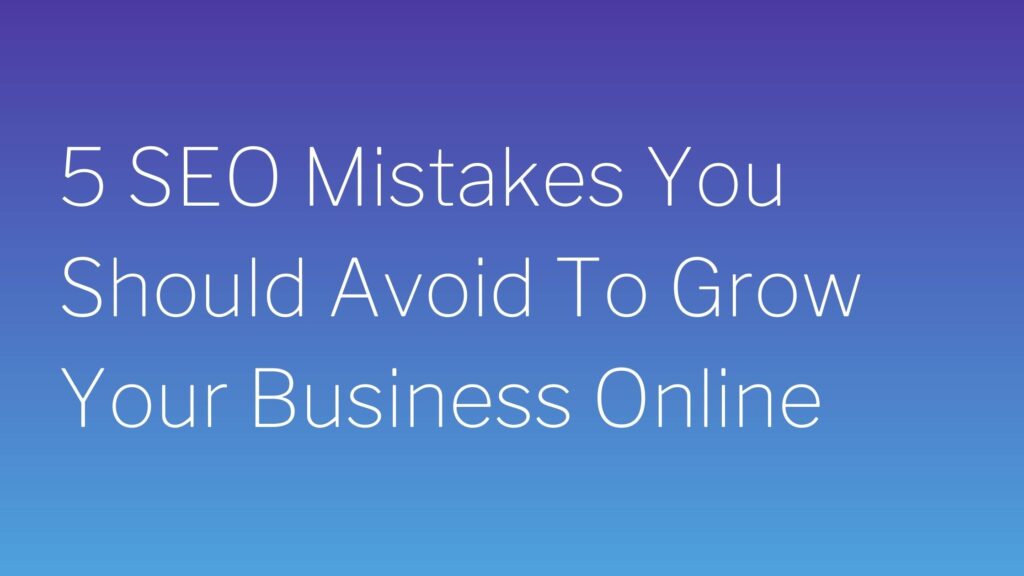In today’s competitive online landscape, having a website that’s invisible to search engines is like having a hidden treasure with no map. SEO, or Search Engine Optimization, is the art and science of making your website magnetic to search engines. The higher you rank in search results, the more traffic you’ll attract, and ultimately, the more success you’ll achieve. This blog will provide you with 10 Tips to make your website SEO-friendly and help it rank better.
Tip 1: Optimize Your Website’s Speed
- Website speed is a critical factor in SEO. Search engines prioritize fast-loading websites because they provide a better user experience. Slow websites can frustrate users, leading to higher bounce rates and lower search rankings.
- Tools like Google PageSpeed Insights can help you measure your website’s speed and identify areas for improvement. To enhance your website speed, consider optimizing images, leveraging browser caching, and minimizing CSS and JavaScript files.
- Additionally, choosing a reliable hosting provider and using a content delivery network (CDN) can significantly improve your site’s performance.
Tip 2: Use Responsive Design
With the increasing use of mobile devices, having a responsive design is no longer optional. A responsive design ensures that your website looks and functions well on all devices, including smartphones and tablets.
Mobile-friendliness is a key ranking factor for search engines. To implement a responsive design, use flexible grids, responsive compressed images, and CSS media queries.
Many modern website builders and content management systems offer responsive design templates, making it easier to create an SEO-friendly website.
Tip 3: Speak the Language of Your Audience
- Keyword research is the foundation of any successful SEO strategy. It involves identifying the words and phrases that potential visitors use to search for your products or services.
- Tools like Google Keyword Planner, Ahrefs, and SEMrush can help you find relevant keywords with high search volumes and low competition. Once you have a list of keywords, strategically incorporate them into your website content, including titles, headings, meta descriptions, and body text.
- Remember to use keywords naturally and avoid keyword stuffing, as it can negatively impact your rankings.
Tip 4: Optimize Your Content for better SEO
- High-quality, relevant content is king in the world of SEO. Search engines favour websites that provide valuable information to users. To optimize your content, ensure it is well-written, informative, and engaging.
- Use header tags (H1, H2, H3) to structure your content and make it easier for search engines to understand. Include your target keywords in the content, but do so naturally. Regularly updating your content to keep it fresh and relevant also helps boost your SEO efforts.
Tip 5: Content is King, But User Experience is Queen
- User experience (UX) plays a significant role in SEO. Search engines aim to provide users with the best possible results, and a positive UX can lead to higher rankings. To enhance UX, ensure your website is easy to navigate with a clear structure and intuitive menus.
- Use clear calls to action (CTAs) to guide visitors to desired actions. An engaging and visually appealing design can also improve UX.
- Additionally, reducing bounce rates by providing relevant content and ensuring fast load times will positively impact your SEO.
Tip 6: Use Internal Linking Strategically
Internal linking is the practice of linking to other pages within your website. It helps search engines understand the structure of your site and discover new content. Effective internal linking can also improve user engagement by guiding visitors to related content. When creating internal links, use descriptive anchor text that includes relevant keywords.
Avoid overloading your content with too many internal links, as it can be overwhelming for users and search engines. Tools like Screaming Frog can help you audit and manage your internal links.
Tip 7: Build High-Quality Backlinks
Backlinks are essentially votes of confidence from other websites pointing back to yours. The more high-quality backlinks you have, the more trustworthy and valuable your website appears to search engines.
Create content that’s so informative and share-worthy that others naturally want to link to it. Guest blogging on relevant websites and participating in industry forums are great ways to attract backlinks.
Tip 8: Master the Art of Local SEO
Local SEO is essential for businesses targeting local customers. It involves optimizing your website to rank well for location-based searches. Start by claiming and optimizing your Google My Business listing. Ensure your business name, address, and phone number (NAP) are consistent across all online directories.
Use local keywords in your content and meta descriptions to attract local search traffic. Encourage satisfied customers to leave reviews on your Google My Business page, as positive reviews can boost your local SEO rankings.
Tip 9: Utilize Social Media
- Social media can significantly impact your SEO efforts. While social signals (likes, shares, comments) are not direct ranking factors, they can drive traffic to your website and increase brand visibility. Share your website content on social media platforms to reach a broader audience and encourage engagement.
- Use social sharing buttons on your website to make it easy for visitors to share your content. Building a strong social media presence can also lead to more backlinks and improved SEO performance.

Tip 10: Monitor and Analyze Your SEO Performance
Regularly monitoring and analyzing your SEO performance is crucial for ongoing success. Use tools like Google Analytics, Google Search Console, SEMrush, and Ahrefs to track your website’s traffic, rankings, and user behavior. Analyzing this data can help you identify what’s working and what needs improvement.
Pay attention to key metrics such as organic traffic, bounce rates, and conversion rates. Use the insights gained to refine your SEO strategy and make data-driven decisions. Implementing these ten tips can significantly improve your website’s SEO and help it rank well in search engine results.
Remember that SEO is an ongoing process that requires continuous effort and adaptation to stay ahead of the competition. By using these essential tips you’ll be well on your way to achieving better rankings and increased visibility. Start implementing these tips today and watch your website climb the search engine rankings.
Wondering where to start? Need help with Digital Marketing?
To learn more about how you can incorporate these trends to grow your business online, contact us today.



